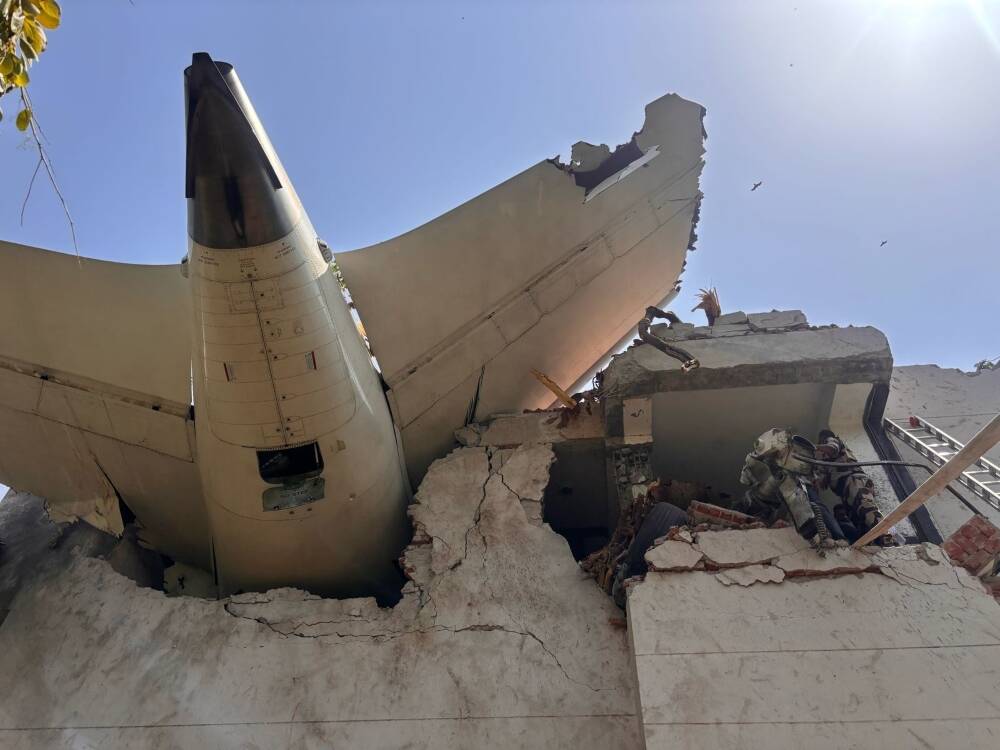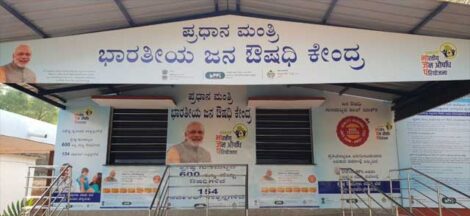A preliminary investigation into the crash of Air India Flight 171, a Boeing 787 that came down shortly after departing Ahmedabad on 12 June*, pins early focus on the aircraft’s fuel‑control switches. Authorities from the Aircraft Accident Investigation Bureau have submitted a five‑page report to the Ministry of Civil Aviation and international bodies on 8 July, shedding light on flight data, weather, crew actions and mechanical behaviour shortly before the disaster.
Flight data recorders revealed activation of the Ram Air Turbine, signalling a complete loss of primary power, and investigators have homed in on whether one or both engine fuel‑control switches were moved from RUN to CUTOFF mode. Data from the Boeing 787’s advanced flight and voice recorders captured switch positions and engine parameters in the seconds after take‑off—information that is now central to piecing together the sequence of events leading to the crash.
Analysis of preliminary findings indicates no evidence so far of mechanical design faults in the GE GEnx‑1B engines or contamination of fuel, nor is there indication of flap or slat misconfiguration during take‑off. Experts say absence of urgent airworthiness alerts from Boeing, GE and the FAA suggests no immediate systemic defect, pointing instead to potential human action or isolated system failures.
Technical insiders describe the fuel‑control mechanism as a gated switch requiring manual lifting past a stop to deactivate fuel flow. Any movement during flight, inadvertent or intentional, would deprive the engine of thrust and disable associated electrical and hydraulic systems. The investigation has not yet determined whether switch movement occurred before or after the RAT activated, nor whether it was deliberate or accidental.
The RAT’s deployment less than 30 seconds after take‑off is notable; its auto‑activation suggests both engines lost power. Eyewitness footage and cockpit voice recorder transcripts reveal a mayday call from the crew reporting loss of thrust just as the aircraft began a shallow climb then descended, maintaining a wings‑level posture. That scenario points to sudden dual thrust loss rather than gradual degradation.
These technical markers have triggered heightened scrutiny of pilot action, cockpit procedures, and cockpit automation behaviour. Industry analysts caution against jumping to blame: preliminary reports are intended to record facts, not assign fault. AAIB’s documentation outlines crew inputs, autopilot engagement, data from cockpit displays, and flight path anomalies, but conclusions remain provisional pending deeper analysis.
Regulatory bodies, including ICAO, require submission of preliminary reports within 30 days under Annex 13, which India complied with by handing its findings to ICAO and national agencies on 8 July. The report may not be publicly released, but Indian officials have indicated intent to share its contents this week. AAIB’s handling follows a precedent of non‑publication, though experts expect global visibility given implications for Dreamliner operations.
Attention has widened beyond the cockpit to the GE‑designed emergency systems. RAT deployment typically signals catastrophic failure or shutdown of both engines, prompting systems-level questions: did the aircraft experience simultaneous mechanical failures, was there a hydraulic or electrical cascade, or did crew interaction interrupt engine operation? Each line demands rigorous probe.
Stakeholders are watching closely. Boeing’s stock showed a marginal dip amid preliminary news hitting global indexes, weighed by uncertainty as markets await clarity on any structural or design issues, though no major red flags have emerged. Meanwhile, GE’s GEnx engine performance is under the scanner, though no advisories have been issued—suggestive of non‑systemic cause pending final investigative stages.
Air India has grounded remaining 787s for inspections, while India’s Directorate General of Civil Aviation is overseeing continued compliance checks. Lawmakers have convened oversight sessions to question aviation officials, emphasising transparency and swift reforms. The airline’s parent, Tata Group, has signalled institutional safety investments, though these remain contingent on the ultimate causes.
International participants have joined the probe. Observers from the NTSB and the UK’s AAIB are assisting under international protocols, and ICAO has offered observer support. Recovery and extraction of the dual flight recorders in mid‑June enabled timely digital access to cockpit conversations and engine metrics. The transfer of data to AAIB’s Delhi lab—activated earlier this year—occurred from 24 June onwards.
As India approaches its 30‑day mark, which fell this week, speculation focuses on whether findings may trigger global examinations of the Dreamliner fleet. Analysts point to the precedent of the 2018 Lion Air 737 MAX accident, where preliminary disclosures of faulty automation sparked fleet-wide changes. Any confirmation of switch‑related crew action or system fault could precipitate advisories or deeper fleet grounding.
AAIB’s report sets out key initial insights but stops short of definitive root cause or safety recommendations. A final comprehensive report, expected within 12 months, will integrate component analysis, simulations, crew training records, and regulatory reviews. This incident, as India’s first fatal 787 crash, represents a pivotal moment with global resonance—its outcomes likely to influence aviation protocols far beyond national boundaries.
reuters. com
barrons. com
timesofindia. indiatimes. com




 Bengal Govt Alleges Assam Seeks to Extend NRC into State
Bengal Govt Alleges Assam Seeks to Extend NRC into State 